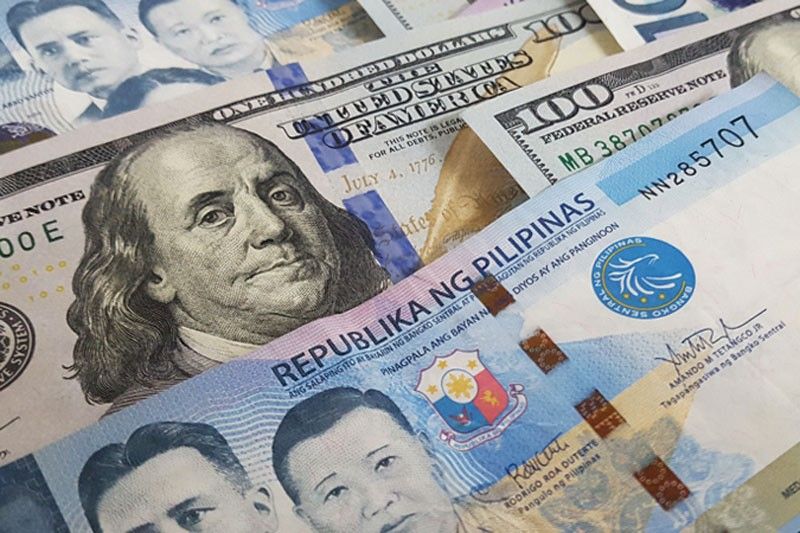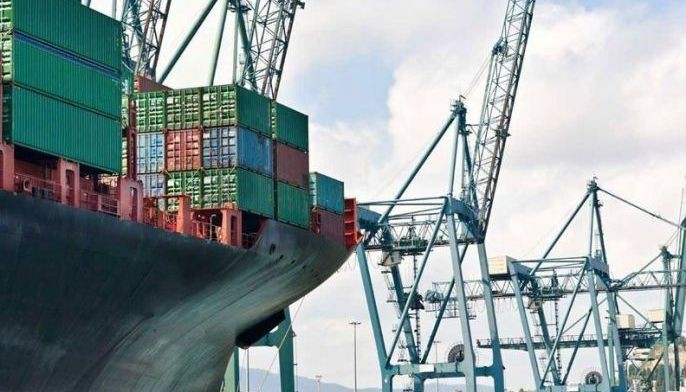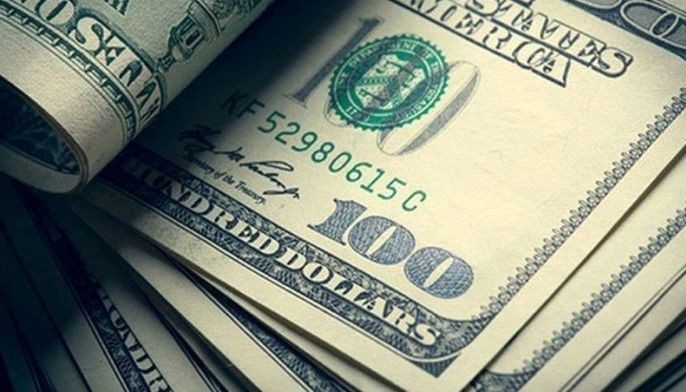Slowdown in remittance growth seen pressuring the peso

MANILA, Philippines — The Philippine economy should “remain fairly strong” despite sluggish remittance growth over the past 10 years, although this makes the country and its currency more vulnerable to sudden shifts in global risk appetite, a London-based think tank said.
Data from the Bangko Sentral ng Pilipinas show money sent home by overseas Filipino workers spiked to an all-time high of $2.849 billion last December after expats sent more money to fund increased spending during the Christmas shopping season.
That brought the 2018 growth above the central bank’s growth forecast even as it was the slowest annual increase on record.
In a research note sent to reporters Thursday, Capital Economics said a fast-growing Philippine economy and a “downturn” in Middle East are behind the slowdown in remittance growth.
While weak remittance growth is likely to act as a drag on consumption and investment, Capital Economics said overall gross domestic product growth should continue to “hold up pretty well,” adding that fiscal and monetary policy are set to be loosened this year.
“The first is the improved performance of the Philippines economy, which has made it easier for people to find employment at home and reduced the need for them to go overseas in search of work,” the think tank said.
“A second has been the economic downturn in the Middle East. The region is the source of 30 percent of remittances to the Philippines, and there has been a marked slowdown in remittances from the region over the past few years,” it added.
More pressure in store for the peso
Money sent home by Filipinos working abroad is one of the Philippines’ main sources of dollars, helping the economy stay afloat and providing support to the local currency.
Remittances to the Philippines are equivalent to around 10 percent of GDP.
According to Capital Economics, dollar value of remittances is expected to grow by an annual average of around 3 percent over the next few years, “roughly” the same as 2018 but “half the average rate of the past decade.”
The think tank added that it is more worried about the implications of the slowdown for the balance of payments, with the country’s current account deficit seen widening further over the next couple of years, pressuring the Philippine peso.
“While the main driver of the shift has been a surge in imports of capital goods and raw materials as the government’s infrastructure drive has gathered pace, weaker remittances (which are included as part of the current account) have also been a factor,” Capital Economics said.
“The large current account deficit, which is now equivalent to around 3 percent of GDP, makes the currency more vulnerable to sudden shifts in global risk appetite. This is a big worry given that foreign currency debt in the country is equivalent to around 25 percent of GDP,” it added.
“It is also one of the reasons why we think the central bank is likely to tread cautiously when it starts to ease monetary policy later this year.”
The current account provides a snapshot of the country’s overall economic interaction with the rest of the world covering trade in goods and services; remittances from OFWs; profit from Philippine investments abroad; interest payments to foreign creditors; as well as gifts, grants and donations to and from abroad.
If the current account balance is in surplus, the country is a “net lender” to the rest of the world. Net lending occurs when the national saving is more than the country’s investment in real assets. If in deficit, the country is said to be a “user of funds” and thus, is considered as net borrower from abroad in order to fill in the shortage.
In the first nine months of 2018, the Philippines' current account deficit swelled to $6.471 billion, or equivalent to 2.7 percent of GDP. That was a turnaround from the $968 million surplus (0.4 percent of GDP) registered in the same period in 2017.
The central bank said the current account deficit is forecast to balloon to $6.4 billion, or 1.9 percent of GDP, in 2018. This was more than twice its previous estimate and higher than $2.2 billion gap posted in the preceding year.
This year’s gap is seen hitting $8.4 billion — equivalent to 2.3 percent of GDP which will be the biggest proportion in 17 years — as the country brings in even more raw material and capital goods to feed the government’s infrastructure push. — Ian Nicolas Cigaral
- Latest
- Trending





























